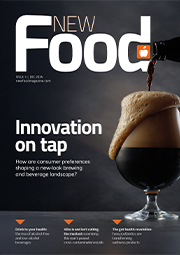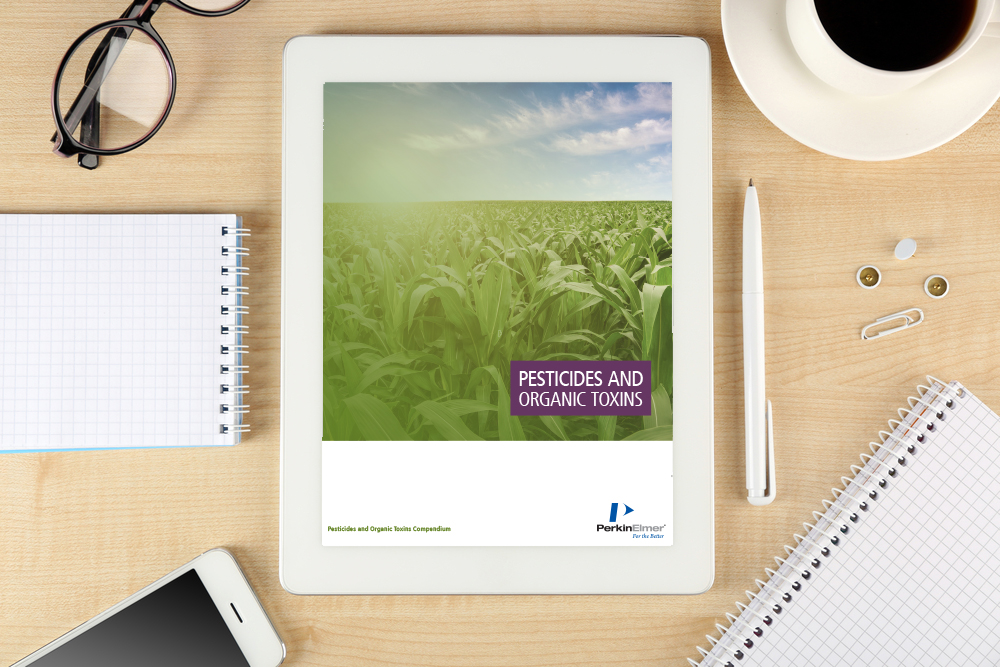Whitepaper: Pesticides and organic toxins compendium
- Like
- Digg
- Del
- Tumblr
- VKontakte
- Buffer
- Love This
- Odnoklassniki
- Meneame
- Blogger
- Amazon
- Yahoo Mail
- Gmail
- AOL
- Newsvine
- HackerNews
- Evernote
- MySpace
- Mail.ru
- Viadeo
- Line
- Comments
- Yummly
- SMS
- Viber
- Telegram
- Subscribe
- Skype
- Facebook Messenger
- Kakao
- LiveJournal
- Yammer
- Edgar
- Fintel
- Mix
- Instapaper
- Copy Link
Posted: 21 September 2018 | PerkinElmer Inc. | No comments yet
Rice is one of the most commonly consumed foods in the world. A variety of pesticides have been used in rice production to control pests, weeds and diseases to increase crop yield…
Pesticides applied in rice crops are often country/region specific due to the differences in legislation, weather and production system. Pesticide residue in rice not only affects the quality of the rice, but also threatens the health of general consumers. To prevent health risks, it is important to monitor the presence of pesticides and regulate their levels in rice. Several countries including the United States, China, Brazil, India, Japan and European Union (EU) have established maximum residue levels (MRLs) of pesticides for food and feed including rice.
The EU MRLs for pesticide residues in rice mostly range from 10 μg/kg to 8000 μg/kg depending on the pesticide. To determine low levels of pesticides in rice, highly sensitive, selective and accurate analytical methods are needed. Due to the large number of pesticides potentially used in rice production, the use of multi-residue methods capable of determining many pesticides in one single run is the most efficient approach. Traditionally, pesticide residues were analysed mainly by gas chromatography/mass spectrometry (GC/MS) methods, but GC is not a suitable technique for ionic and polar compounds, especially for compounds that are thermally labile in the GC injection port. Liquid chromatography tandem mass spectrometry (LC/MS/MS) has become the method of choice for pesticide analysis due to its high selectivity and sensitivity as well as its suitability for a wide range of compounds in various sample matrices.
The rest of this content is restricted - login or subscribe free to access


Why subscribe? Join our growing community of thousands of industry professionals and gain access to:
- bi-monthly issues in print and/or digital format
- case studies, whitepapers, webinars and industry-leading content
- breaking news and features
- our extensive online archive of thousands of articles and years of past issues
- ...And it's all free!
Click here to Subscribe today Login here
Related content from this organisation
- Plant-Based Food Revolution: leveraging ICP-MS for quality assurance and nutritional insights
- Application Brief: Solus One Salmonella for Raw Poultry and Meat
- Guide: Solus One Salmonella methodology – Seven easy steps
- Featured Partnership: Challenges in meat pathogen detection – improving your food safety plan
- Poster and Podcast: Rapid recovery and detection of pathogenic Gram-negative organisms
Related topics
Contaminants, Environment, Food Safety, Health & Nutrition, Pesticides, Plant based, Quality analysis & quality control (QA/QC), Regulation & Legislation










